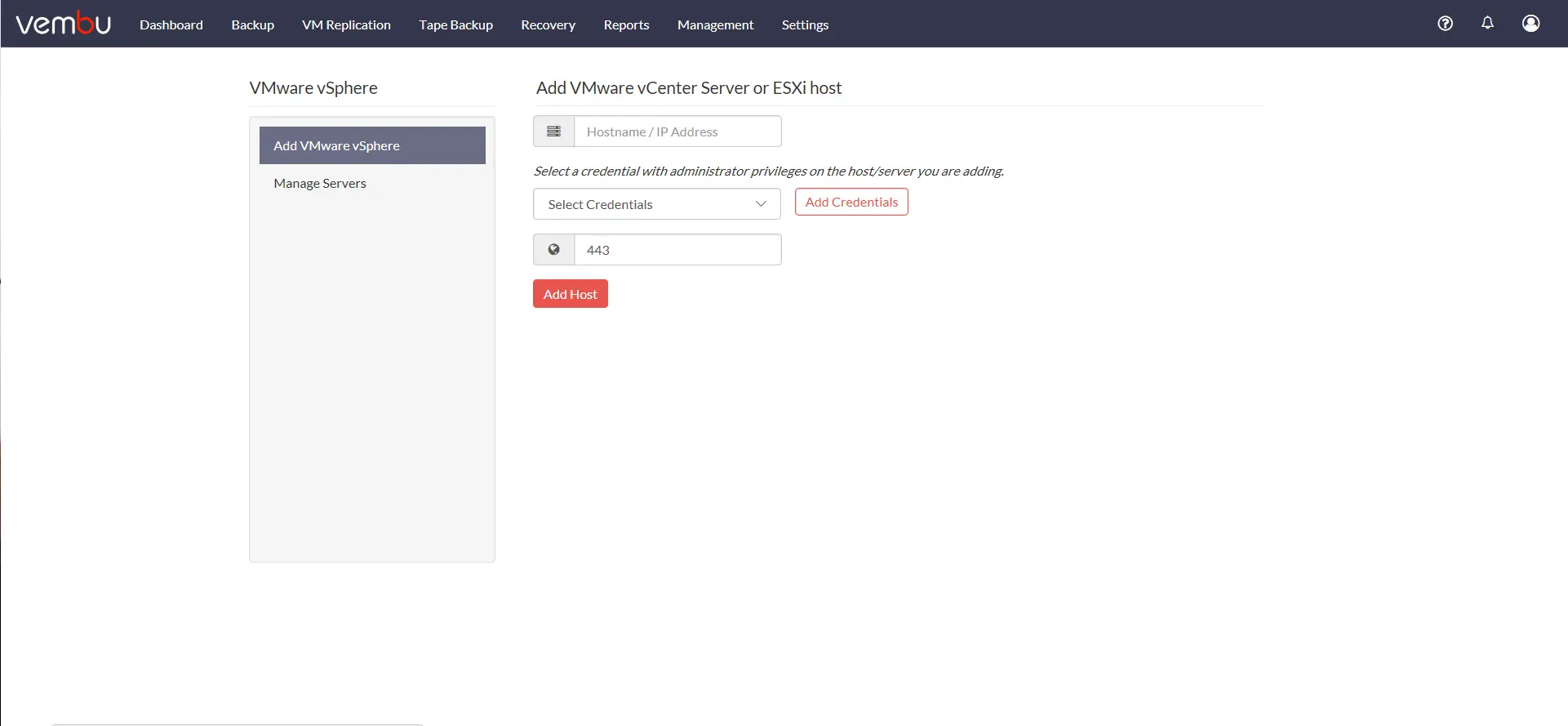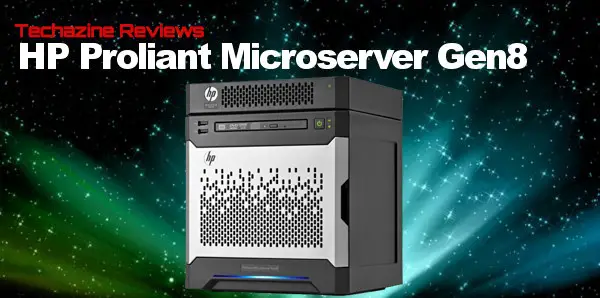Its been two months since my HP Proliant MicroServer Gen8 arrived and I’ve had an opportunity to run it in a couple different configurations. Out of the box, Windows Server Essentials 2012 came pre-installed on my eval unit and on first boot, configuration kicked off to setup and configure an Active Directory domain and setup all the basics of a small office deployment.
Procs & RAM
First, I am really glad that HP chose to move to Intel processors for the Gen8 model of the MicroServer. Their AMD processors in the G7 model was probably the only reason that I did not purchase one of those units before. For some reason, I along with many other administrators just have a disposition towards Intel processors instead of AMD. When speaking with Shad Madina, Group Manager for Portfolio Planning and Solutions at HP, he also shared that HP found the AMD processors to be a sticking point with domestic buyers, although the AMD processors seemed to be well accepted in Europe.
The processors in the Proliant MicroServer Gen8 are more along the lines of desktop processors rather than the normal Xeon processors normally found in servers. The lower end server features Intel Celeron processors and the higher end Gen8 model features a Pentium processor. Both models feature dual core models but unfortunately there is not even an option for a quad-core model at this time. As I covered earlier, the Gen8 model raises the RAM limit to 16GB which helps to accommodate a wider range of opportunities in the market, including small virtualization farms.
Hide and go RAID
I knew from the spec sheets that the Proliant MicroServer Gen8 included a SATA RAID controller in the unit, however, during boot and the initial OS load, I noticed that it did not mention anything about Smart Array or offer a management interface to access and provision RAID sets like the larger Proliants do. This is simply because the embedded SATA controller is turned on by default and the RAID SATA controller is not enabled. A quick trip through the BIOS turned up the option to enable the Dynamic SATA controller and after a reboot and POST, I was able to login to Intelligent Provisioning and create RAID sets from the drives I had installed.
When I spoke with Madina, he was quick to point out that HP purposefully decided when designing the MicroServer to have a different set of trade-offs than were normal. The normal trade-offs were basic functionality, like RAID, cut for the sake of saving money. With the MicroServer, one of the trade-offs is the lack of hot-swappable hard drives and bays. This is a bit of a bummer but its a small price to pay when HP didn’t want to compromise other basic necessities.
Noise, or lack thereof
HP touts the quietness of the Proliant MicroServer Gen8 saying that it is quieter than a laptop. This is certainly the case. Today, when I walked into my office, I actually had to check and ensure that it was on and running because I could not hear any noise coming from the unit. Now, this is after the MicroServer has been on and settled down. At boot, like its big-brothers, the Proliant MicroServer sound like a jet ready for take off – but after POST completes and the system begins booting, things quiet down to a negligible level.
My first week with the MicroServer was a slightly different story, however. When I first received the unit and powered it up, I thought it was fairly noisy, especially for someone touted to be under 20db of noise. But, my first week’s experience was a fluke of some kind – because once I shut it down to explore inside and then booted it again, the noisiness was nowhere to be found.
I will go on to say, that after testing the Proliant MicroServer Gen8 and comparing it with my home-built server, I prefer the MicroServer hand-down and big reason is how much quieter this unit is than my server.
Virtualization friendly
After a month of exploring the MicroServer while running Windows Server Essentials 2012, I reinstalled the server to run ESXi and this is how I plan to keep the system running in the future. The demo unit I received came with the maximum 16GB of RAM loaded. This is a very welcome configuration for running a lab ESXi install. I was able to install the HP OEM version of ESXi onto the MicroServer which included additional agents inside the OS.
ESXi installs flawlessly onto the MicroServer Gen8. There were no special drivers or hoops to jump through to make it work on this hardware.
Even though the MicroServer Gen8 received a RAM limit boot, I wish still it had gone higher or that it accepted 4 x 8GB DIMM instead of two. 32GB of RAM and even better 64GB would greatly broaden the virtualization use cases for many customers. Still, 16GB is sufficient for many test and lab environments to be able to test many solutions.
Remote Management, sort-of
One of the nice surprises in the unit is the inclusion of a full iLO4 chip on the motherboard. This replaces the optional remote management card which came with the G7 models of MicroServer. The iLO4 is much more capable and potentially useful than the previous remote management cards, however the one let-down was the unit comes with iLO Standard only, which does not support virtual media and remote console, except during boot. To get the additional features, an iLO Essentials or iLO Advanced license is needed.
HP has introduced iLO Essentials licensing and targets it directly at SMB users who want remote management. iLO Essentials license includes fully functional remote console, virtual media and email alerts for $129. Its a small tax to get basic remote management functionality and its better than the requirement to purchase iLO Advanced license for $299, since most small businesses would not use the additional features that iLO Advanced brings. iLO Advanced brings features like recording remote console sessions, authentication from directory services, multi-user remote console (for collaboration) and advanced alerting options. (For a full comparison of licensing levels and features included, see this PDF from HP).
iLO Standard is not useless, however. There is a lot that iLO does with no additional license — agent-less hardware management, remote support, remote power buttons, and the embedded health systems. The onboard system integrates with HP’s Insight Online service to allow administrators to manage and view all their systems and health through a central portal for free.
But, I will say I expected remote console and virtual media to be included, so it was let-down here. However, here is a pro-tip for you – make sure to check secondary markets (eBay) for these licenses. It may be possible to pickup iLO Advanced license for less than you can buy the iLO Essentials license.
PS1810-8G Switch
I am really happy with the PS1810-8G switch. I like the way that it compliments the Proliant MicroServer Gen8 and its space saving for my home lab. 8 ports accommodates three home servers easily and allows for some room to grow. The VLAN support helps partition traffic among my servers so that I can segment video traffic away from web and management traffic and then keep my normal browsing, Netflix and home operations separate from my lab environment.
Pricing
Pricing for the Proliant MicroServer Gen8 starts at just $449 with an Intel Celeron G1610T processor and 2GB of RAM. The higher end server is priced at $529 and comes with an Intel Pentium G2020T processor and 2GB of RAM. Bundles are available with the PS1810-8G switch and are priced at $634 and $714 respectively directly from HP.
Verdict
I would score the HP Proliant MicroServer Gen8 a solid 8.5 out of 10. On the plus side, it is quiet, power-efficient and well suited for out-of-datacenter uses that most businesses have. I think there are so many remote-office and branch-office uses for the server beyond just the small and medium business markets.
On the downsides, I wish the processors were quad-core instead of dual-core. I also wish the RAM could be expanded beyond 16GB. But the downsides really stop there. Dual gigabit NICs are very capable and if you required more, there is a PCI expansion slot that could accommodate up to an additional 4 ports. The PCI slot could also be used for HBA or other peripherals as required.
The pricing of the systems also puts this in a sweet spot for many small businesses who don’t have dedicated IT budgets. I’ve worked with a lot of small business and for entry level servers, its a hard sell with a $1,200 to $1,500 server. The MicroServer represents a very compelling additional option for a lot of use cases.
I’m very impressed with the system overall. I think its a fantastic choice for a lot of small business and remote office use cases. I’m impressed enough that I plan to buy a second unit for home to use as a lab system in the near future. I’ll discuss why I’d choose this over a whitebox build in a later post another day.
Now, go win one…
Its your turn now to win a bundle just like my eval bundle for your home or small office or your remote office needs. Its very easy to win – just head over to our Giveaway page for all the details on the contest and you could be a winner. And keep in mind, there are two other bloggers giving away the same bundle the same time as Techazine – make sure to go and enter there too.
Disclaimer: HP provided me with both the HP Proliant MicroServer Gen8 and the HP PS1810-8G for review at no charge. The opinions and views of the hardware written here are entirely my own and HP had no say in what I choose to write. The hardware came with no strings attached.


